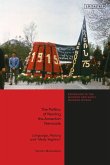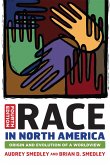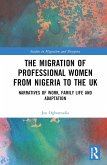'Pathbreaking analysis of Armenian migration under the Ottoman Empire, a refreshing departure from Western-centric studies of migration policies. Gutman's attention to internal politics, and to the convergence of Ottoman and US migration policies, makes this study of critical interest to Ottomanists and migration historians alike. A powerful examination of the state's mixed success in using migration and nationality laws to target minority groups.' Lucy E. Salyer, University of New Hampshire A study of migration, mobility control and state power in the late Ottoman Empire This book tells the story of Armenian migration to North America in the late Ottoman period, and Istanbul's efforts to prevent it. It shows how, just as in the present, migrants in the late 19th and early 20th centuries were forced to travel through clandestine smuggling networks, frustrating the enforcement of the ban on migration. Further, migrants who attempted to return home from sojourns in North America risked debarment at the border and deportation, while the return of migrants who had naturalised as US citizens generated friction between the United States and Ottoman governments. The author sheds light on the relationship between the imperial state and its Armenian populations in the decades leading up to the Armenian genocide. He also places the Ottoman Empire squarely in the middle of global debates on migration, border control and restriction in this period, adding to our understanding of the global historical origins of contemporary immigration politics and other issues of relevance today in the Middle East region, such as borders and frontiers, migrants and refugees, and ethno-religious minorities. Key Features . Sheds light on the phenomenon of migrant smuggling from a historical perspective . Demonstrates the effects of different regimes of mobility control on the migration process . Examines the limits of citizenship and nationality in the context of global migration . Demonstrates the surprising convergence of anti-migrant politics and policies in both the Ottoman Empire and United States at the turn of the 20th century David Gutman is Associate Professor of History at Manhattanville College. Cover image: Photograph of Ohannes Topalian (lying down) in his US Army uniform ca. 1898 © Project SAVE Armenian Photograph Archives, Watertown, Massachusetts, USA Cover design: Stuart Dalziel [EUP logo] edinburghuniversitypress.com ISBN 978-1-4744-4524-5 Barcode








